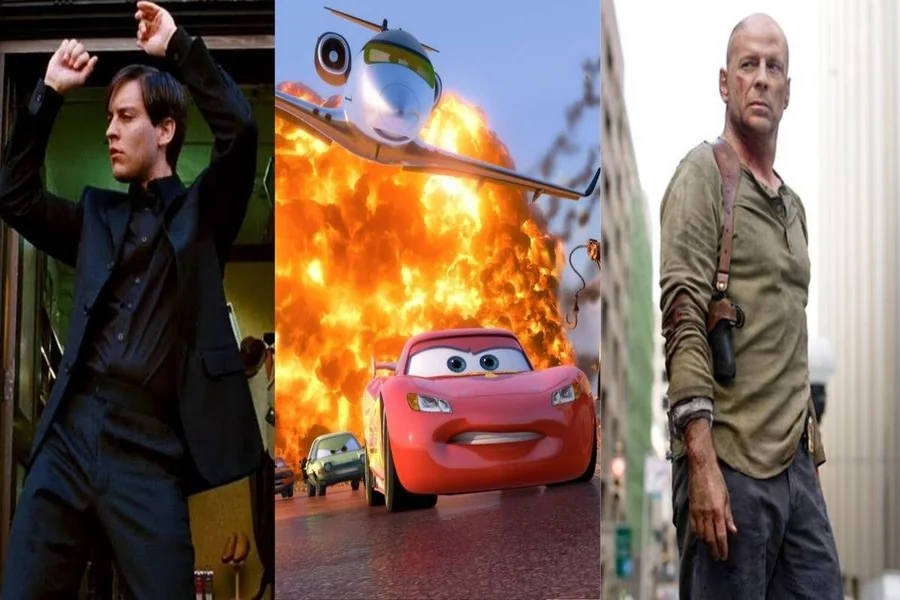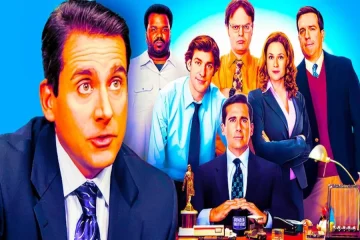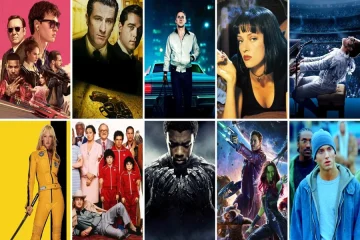In the dynamic world of film, the phrase “the sequel” used to carry a certain stigma. Once upon a time, movie sequels were dismissed as cash grabs, rushed productions meant to capitalize on a popular original. But in the last few decades, sequels have not only become more prevalent—they’ve often surpassed their predecessors in popularity and box office success. Why are movie sequels often more popular than the original? The answer is multifaceted, blending marketing, storytelling, cultural shifts, and evolving audience expectations. Let’s dive into the reasons behind this fascinating phenomenon.
Familiarity Breeds Success
One of the most significant factors driving the popularity of sequels is familiarity. When audiences fall in love with a story, characters, or universe, they naturally want more. A sequel provides just that—a chance to revisit beloved characters, settings, and themes.
Take the Harry Potter series as an example. Each film builds on the world and relationships established in the previous installment. By the time Harry Potter and the Goblet of Fire rolled around, fans were deeply invested in the characters’ journeys. This emotional connection makes audiences more likely to buy tickets, merchandise, and even support spin-offs.
Sequels also benefit from brand recognition. Marketing a sequel is inherently easier than marketing an original film because it can rely on the goodwill and name recognition of the first movie. This familiarity reduces the risk for studios and increases the likelihood that fans will turn out in droves.
Bigger Budgets and Enhanced Production Values
Another reason sequels often outperform originals is that they usually come with bigger budgets and higher production values. After a successful first film, studios are more willing to invest in improved special effects, elaborate set pieces, and top-tier talent. This investment can lead to a more polished and visually spectacular experience that draws audiences back.
For instance, compare Iron Man (2008) to Iron Man 2 (2010). While the first film had a relatively modest budget, the sequel saw an increase in scale and spectacle, reflecting the studio’s confidence and the franchise’s growing popularity. Audiences often flock to sequels with the expectation that “bigger is better,” and studios are happy to deliver.
Expanding the Story Universe
Sequels allow filmmakers to expand and deepen the story universe. While the first film is often focused on introducing characters and setting up the world, the sequel has the freedom to explore subplots, character development, and new settings. This expansion can make the story feel richer and more immersive, satisfying fans’ hunger for more detail and complexity.
The Dark Knight (2008) is a prime example. While Batman Begins did an excellent job of reintroducing Batman’s origins, the sequel elevated the franchise by delving into deeper philosophical questions and introducing an unforgettable villain in the Joker. The result was a film that many consider superior to the original, both critically and commercially.
Character Growth and Development
Audiences crave character growth, and sequels offer a unique opportunity to explore it. In the first film, characters are often busy with introductions and exposition. The sequel, however, can dive deeper into their motivations, relationships, and personal struggles.
Think of Toy Story 2. While the original was a delightful introduction to Woody, Buzz, and the gang, the sequel explored Woody’s fear of being forgotten, adding layers of emotion and complexity to his character. This kind of development resonates with audiences who feel invested in the characters’ journeys.
Nostalgia and Emotional Investment
Nostalgia is a powerful driver of audience engagement. When viewers return to a beloved film universe, they often experience a sense of comfort and excitement—a reunion with old friends. This emotional investment can make sequels feel like must-see events.
Studios have learned to leverage this nostalgia strategically. By including callbacks, Easter eggs, and references to the original film, sequels create a sense of continuity and reward loyal fans. For example, Jurassic World not only introduced new characters but also included subtle nods to Jurassic Park that delighted longtime fans.
Cultural Momentum and Fandom Communities
The rise of social media and online communities has transformed how audiences engage with movies. Fandoms now play a significant role in a film’s success, and sequels often benefit from the momentum generated by passionate fan communities.
When a movie becomes a cultural touchstone, fans create a buzz that studios can harness for the sequel. Memes, fan art, online discussions, and fan theories keep the excitement alive between installments. This grassroots marketing can be incredibly effective, as seen with franchises like Marvel Cinematic Universe, Star Wars, and Fast & Furious.
Refined Formulas and Audience Feedback
Studios and filmmakers learn from the successes and mistakes of the first film. Sequels often benefit from audience feedback, allowing creators to fine-tune elements that worked and address aspects that didn’t resonate.
Consider Captain America: The First Avenger (2011). While it was well-received, some critics noted its slow pacing. In Captain America: The Winter Soldier (2014), the filmmakers shifted toward a more dynamic, action-packed tone that appealed to a broader audience and critics alike. This responsiveness to audience expectations is a key reason why sequels can outperform originals.
Franchising and Universe-Building
In the modern film landscape, sequels are rarely just sequels—they’re often part of a larger franchise strategy. Studios plan entire cinematic universes that encourage viewers to watch every installment to fully understand the overarching narrative.
The Marvel Cinematic Universe is the gold standard of this approach. Each sequel builds on previous films, weaving together storylines and characters into a cohesive tapestry that rewards loyal fans. This interconnectedness fuels anticipation and ensures that audiences return for each new chapter.
Merchandising and Cross-Promotions
Sequels also benefit from merchandising and cross-promotional opportunities. A successful first film often spawns toys, video games, clothing lines, and theme park attractions that keep the brand in the public eye. By the time the sequel arrives, audiences are already immersed in the world, making them more likely to see the film.
Frozen II, for example, capitalized on the massive success of its predecessor by expanding its merchandise empire and promotional campaigns. Fans who had purchased Frozen dolls, lunchboxes, and costumes were eager to experience the next chapter in theaters.
The Challenge of Sequels: Not Always a Sure Thing
Of course, it’s important to note that not all sequels surpass the original. Some suffer from creative fatigue, lack of innovation, or a failure to capture the magic that made the first film special. Sequels like Speed 2: Cruise Control and Jaws: The Revenge serve as cautionary tales of what can happen when a sequel fails to resonate with audiences.
The key to a successful sequel lies in balancing familiarity with innovation. Audiences want to revisit the world they love, but they also crave fresh ideas, compelling storytelling, and meaningful character arcs. When sequels respect the original while offering something new, they stand the best chance of exceeding expectations.
Conclusion: A Winning Formula
In the end, the popularity of movie sequels boils down to a combination of factors: familiarity, bigger budgets, character development, nostalgia, cultural momentum, and strategic franchise-building. Sequels satisfy audiences’ desire for continuity while giving filmmakers a chance to refine and expand their stories.
When done right, sequels can transcend the original, deepening our connection to the characters and worlds we love. In an age where shared universes and streaming services dominate the entertainment landscape, sequels have become more than just follow-ups—they’re essential chapters in a larger cultural conversation.
So the next time you find yourself eagerly awaiting the next installment in your favorite franchise, remember: sequels are more than cash grabs—they’re the natural evolution of storytelling in a world that loves to revisit the characters and worlds that first captured our imaginations.



